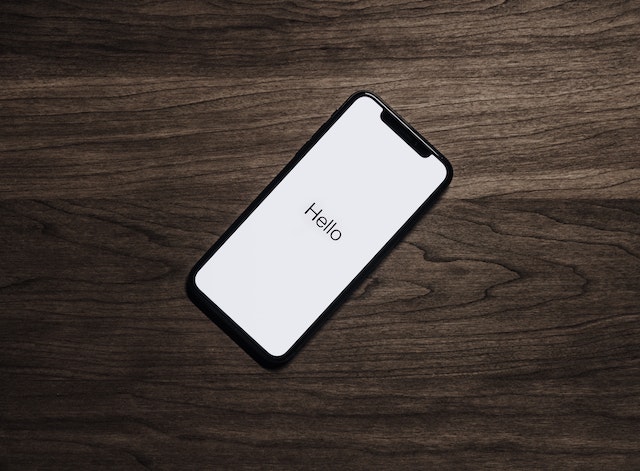
Statistics show that the number of smartphone users in the age group of fifty to sixty years is increasing rapidly, and it is expected to grow at the same rate in the future as well. Today, buying a normal feature phone instead of a smartphone seems strange. Consumers in their 50s and 60s are also buying smartphones.
But the interesting thing is that these consumers are still using the smartphone as a feature phone. This behavior makes a lot of sense for mobile companies and application developers. Smartphones will have to be made according to this generation, or the user will automatically adapt according to the smartphone. I have to think about it. Till now, there are many reasons why this generation has not been able to understand the smartphone well. This was applicable for desktops and laptops as well for a few years, but with the passage of time, the aging consumer learned to use them properly. While using a smartphone, you have to be connected to a large landscape, like application stores, where new applications are bought as needed or old applications are updated. Keeping searching for the right application or accidentally installing the wrong application is to be expected with this category of users. One of the biggest problems is the failure of the purchased data plan. A large number of this consumer segment is not using social networking on their smartphones, although this segment is very active in social networking on desktops and laptops. Even sixty-five users on computers are enjoying social networking to the fullest. Whatever the age, the application’s ability to be customized gives developers hope that they will be able to adapt it to any type of user. After all, there are a good number of users in this category for almost every profession, for whom a lot of applications can be created and customized. This will require understanding the problems that this segment of consumers often experiences. Only then can it be understood how much to use which application of the smartphone.
Data plans often prove to be confusing for this category of consumers. This results in minimal use of the smartphone or much less use of the money than was spent. Some smartphones are changing their user interface. are. Minimal icons on the big screen with a big size and a totally different interface for calls. All this is being done keeping this consumer segment in mind. Another important reason for the lack of full use of smartphones among these consumers is the creation of applications for youth. But it is expected that if these applications are made easy to use, then this class will also enjoy them to the fullest. This can also lead to a rapid change in the mindset of this age group. In spite of all this, this consumer segment is fast coming forward, which is a challenge for mobile companies.
In such a situation, the mobile internet service will have to expand its consumer service and, at the same time, make its services more clear to these consumers. This category of users will require support for features such as application downloads, navigation software usage, video calling, instant messaging, etc. For this, new call centers can be set up. Experts say that there should not be much problem in using this category of smartphone and all its features, and for this, there is no need for much change in the application because till now all the classes have become active users of the smartphone with great ease after the initial trouble went. But this is a new dimension of revenue generation for mobile companies, for which both smartphones and applications can enter the market.


